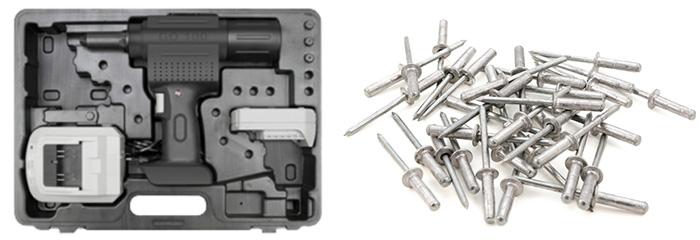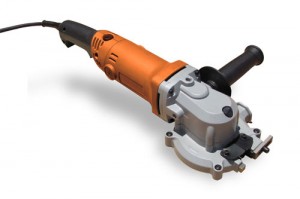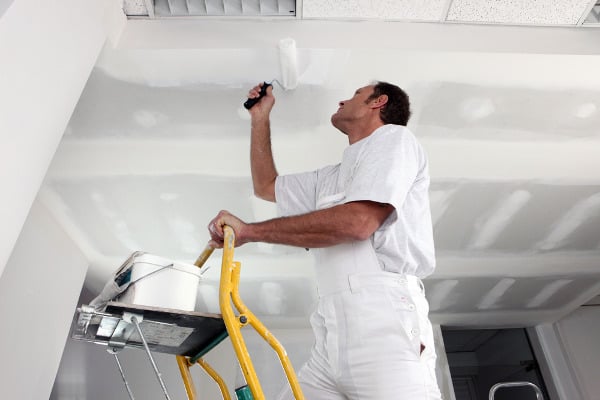What are side cutter parallel pliers and what are they used for?
Just
what is so special about side cutter parallel pliers? Aren’t they just
combination pliers that look different? A plier that can grip and cut?
The
answer is no. They do grip and they do cut, but they do both tasks better than
an ordinary combination plier.
In
this blog, we’re going to explain why we believe the Maun Side Cutter Parallel
Plier is the combination plier reimagined.
A pair of multi-use pliers
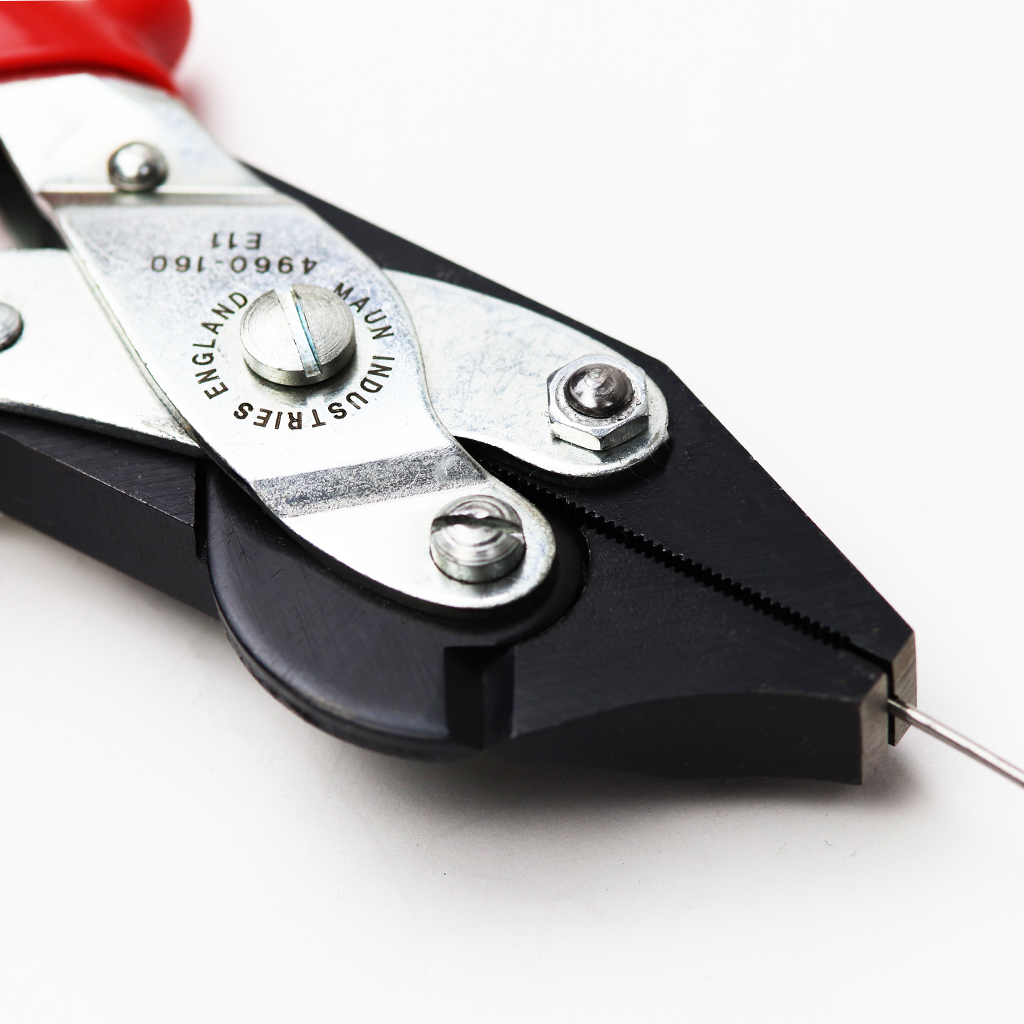
These
pliers are multitaskers. First and foremost, they’re parallel pliers, but they
also benefit from a high-leverage cutter. So you can grip and cut perfectly,
with just one tool.
But
that doesn’t mean side cutter parallel pliers are any less efficient. They do
everything parallel pliers can do. Grip objects evenly along the length of
their jaws. Hold square or hexagonal fastenings securely. And grip, manipulate
and straighten wire.
In
addition, these pliers are no ordinary cutter. This cutter, in fact, multiplies
the user’s hand force by up to 25 times (reducing the effort needed to cut by
50% compared to similarly sized combination pliers). Better still, its hardened
cutting edges make it suitable for cutting hard wire up to 3 mm in diameter
repeatedly.
So,
with a pair of side cutter parallel pliers, you’ve got a convenient two-in-one
tool for multiple needs. Perfect.
And there’s plenty to choose from right here.
What can they be used for?
Let’s
get straight to it. These pliers are used in multiple industries for:
- Cutting
fishing hooks and line.
- Cutting
and manipulating springs. For instance, in the manufacture of sprung mattresses
and other furniture.
- Cutting,
gripping, and manipulating wire (notably welding wire) and springs in general
metal manufacturing.
- Cutting
and manipulating wire for fencing installation and maintenance.
- Cutting
and manipulating wire by tradespeople and maintenance engineers.
How do you use side cutter parallel pliers?
The
difference between side cutter parallel pliers and traditional pliers is that parallel
jaws can grip along their full length, rather than just at one point. This
means that gripping with side cutter parallel pliers is just as easy as
gripping with traditional pliers. But with a stronger hold:
Step
one:
Place
the object to be gripped between the jaws and close the handles firmly. If it’s
wire that you’re holding, align the wire with the V-slot in one jaw for a
firmer grip.
Step
two:
Just
kidding. That’s it.
Similarly,
cutting wire, springs or nails with side cutter parallel pliers is just like
using a cutting or combination plier:
Step
one:
Open
the jaws wide and place the wire, nail or spring as close as possible to the
pivot point (for the most leverage).
Step
two:
Close
the jaws firmly. Finished.
Alternatively,
to repair damaged wire:
Step
one:
Feed
the damaged wire between the parallel jaws.
Step two:
Close
the jaws and squeeze firmly.
Step three:
Open
and close the jaws multiple times, while rotating the wire.
Step four:
Repeat,
feeding the straightened wire through the open throat of the plier.
How to choose the right pair for the job
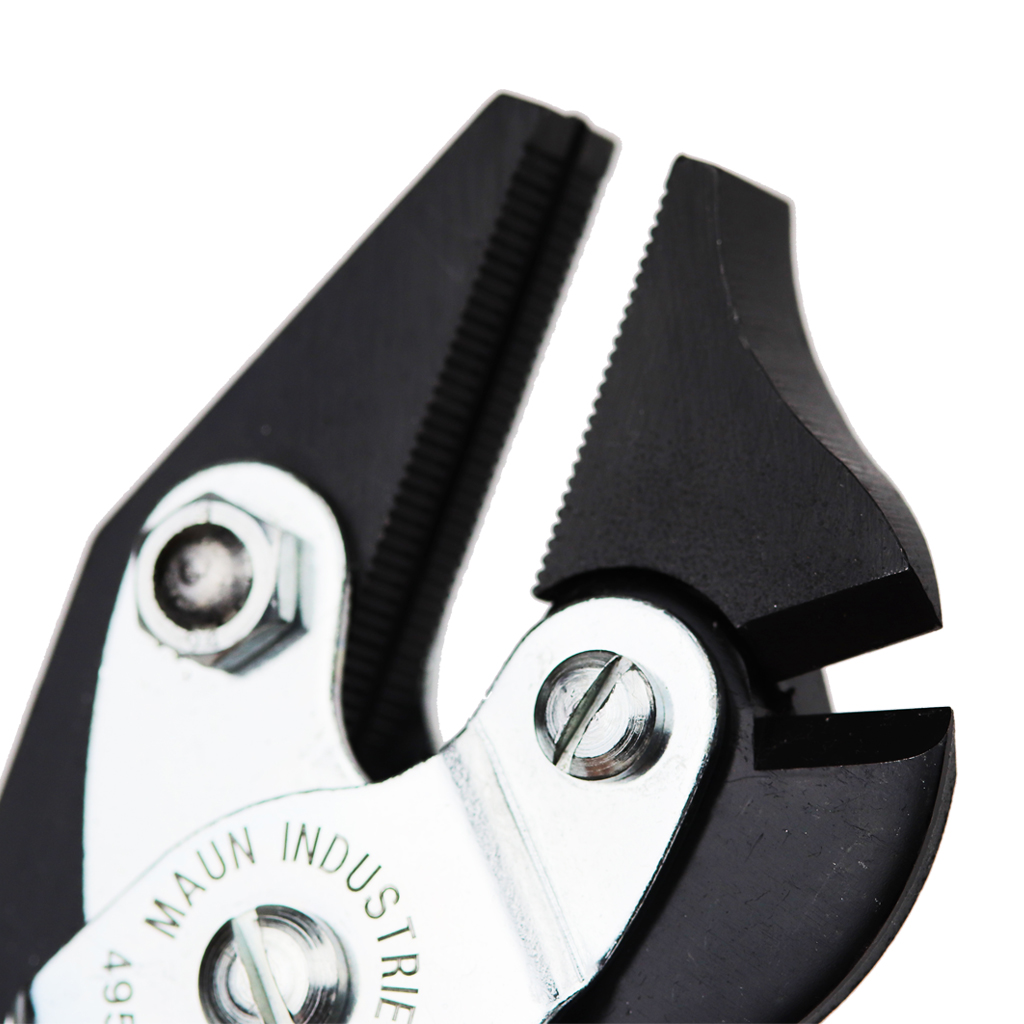
Maun
offers a variety of side cutter parallel pliers. They range in length from 125
mm to 200 mm.
The
rule of thumb is:
Choose
a smaller model for finer work, if the user’s hand is on the smaller side, or
if the wire has a smaller diameter. For example, 125 mm and 140 mm models are
normally chosen by sport fishing enthusiasts or for craft work.
Choose
a larger model for more demanding work, to fit a larger hand, to cut thicker
wire, or when a larger jaw width and opening are needed. 160 mm and 200 mm
models are typically used in the manufacturing industry, and by trades and
field maintenance engineers. The workhorse of livestock farmers, the 200 mm
plier, is commonly used for installing and repairing electric fencing.
Why are Maun side cutter pliers different?
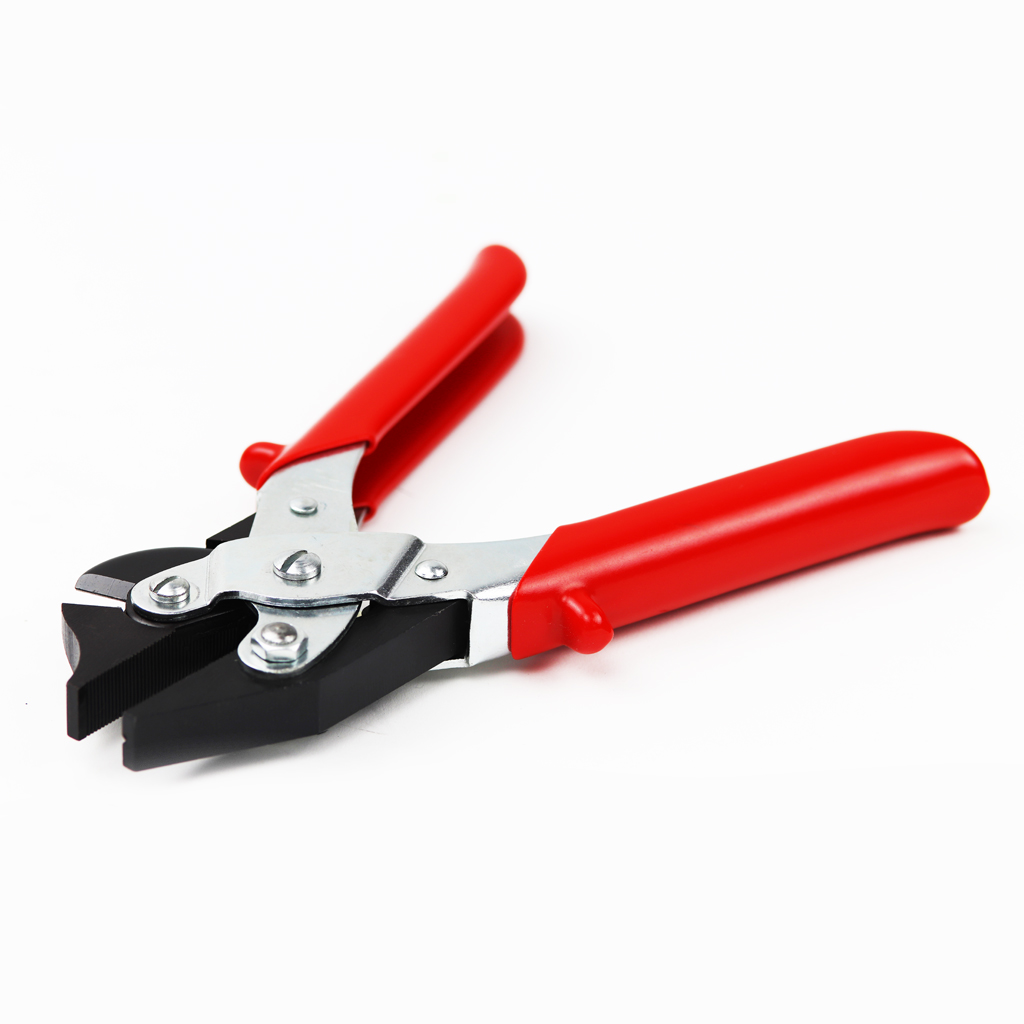
In
short, Maun side cutter parallel pliers offer:
- Better
grip and a higher leverage cutter designed for hard wire.
- Half
the hand force of a conventional combination plier.
- High-quality
materials.
- Made
in England.
- Expert
engineering, designed to cut through materials again and again. Especially the
200 mm plier, with jaws and blades hardened to HRC 62-65.
- Attention
to detail. Beautifully made to last a lifetime.
Shop
our range of side cutter parallel pliers
here and get your pair today.
Watch our Side Cutting Parallel Plier in action:
Browse Related Blog Posts:
- What
is a straight edge tool? - What is a
wad punch tool? - How to cut
hard wire? - How
to cut laminate flooring? - How to use
pliers? - Jewellery
making tools for beginners - What
are fencing pliers and how are they used? - What
are the best Combination Pliers? - What
are the best Wire Cutters? - What
is a crimping tool and how are they used?
